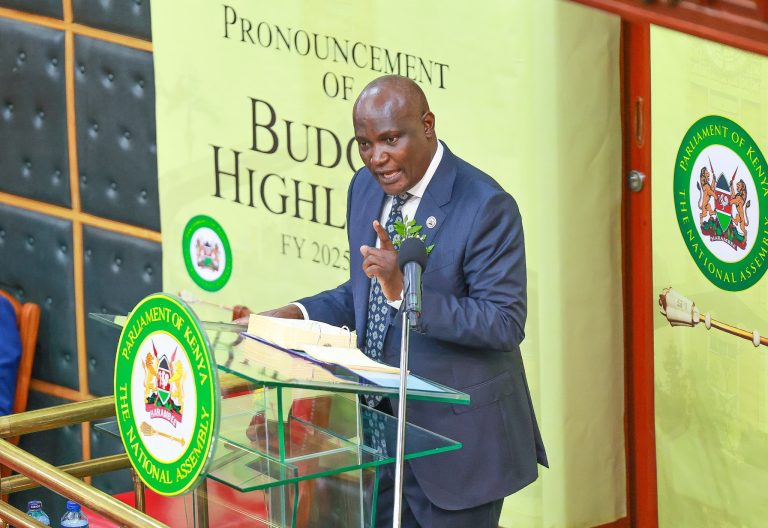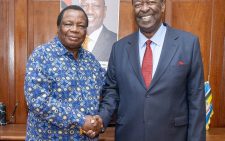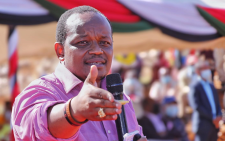2025/26 Budget: Mbadi reveals combined allocation for KDF, NPS and Prison Service

The national government has allocated over Ksh450 billion to the security sector in the 2025/26 financial year, signalling a strong emphasis on national stability amid ongoing economic pressures.
Unveiling his first budget in Parliament on Thursday, June 12, 2025, Treasury Cabinet Secretary John Mbadi said the substantial allocation shows the government’s commitment to safeguarding Kenya’s sovereignty and ensuring internal security.
Mbadi, in his sentiments, noted that a stable and secure environment fosters investment, trade, and overall economic growth.
In his breakdown, Mbadi proposed Ksh202.3 billion for the Kenya Defence Forces (KDF), Ksh125.7 billion for the National Police Service (NPS), and Ksh51.4 billion for the National Intelligence Service (NIS). Internal security and national administration were allocated Ksh32.5 billion, while the prisons department received Ksh38.1 billion.
“In this regard, I have proposed an allocation of Ksh202.3 billion for the Kenya Defence Forces (KDF). Another Ksh125.7 billion for the National Police Service, Ksh51.4 billion for the National Intelligence Service, Ksh32.5 billion for internal security and national administration, and Ksh38.1 billion for prison services.” Mbadi said.

He maintained that a secure environment remains the bedrock of economic growth, investment, and trade.
Additionally, Ksh10 billion was earmarked for leasing police motor vehicles, alongside Ksh3.6 billion for the Police Modernisation Program. Another Ksh1.2 billion was proposed for initiatives targeting crime prevention and enhancing justice.
The budget comes at a time when Kenya’s economy is showing signs of resilience. The International Monetary Fund (IMF) recently noted strong export performance and increased foreign direct investment across Africa, offering a glimmer of hope.
As Parliament begins to react to the budget estimates, attention is now on whether the heavy spending on security will translate into meaningful stability and inclusive growth or whether it will fuel further debate on the government’s spending priorities.












